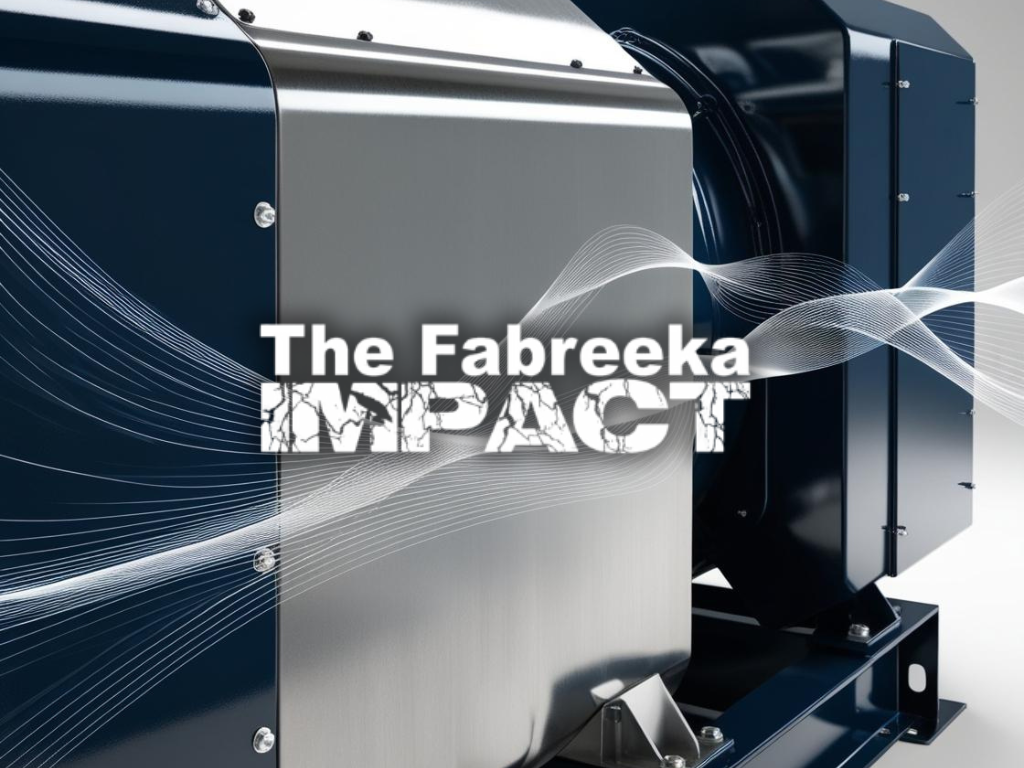Mastering vibration control is crucial for optimizing manufacturing efficiency and product quality.
What is Vibration? Why is it Important?
Vibration refers to the oscillatory motion of an object around an equilibrium point. This motion can be caused by various factors, including external forces, inherent system dynamics, or environmental conditions. Vibration is to consider because it can significantly impact the performance and longevity of machinery and equipment.
Understanding and controlling vibration is crucial in many industries, particularly in manufacturing, where it can affect everything from the precision of machining processes to the structural integrity of buildings and equipment. Effective vibration control can lead to improved product quality, enhanced operational efficiency, and reduced maintenance costs.
How Vibration Affects Manufacturing
In manufacturing, excessive vibration can lead to premature wear and tear on machinery, resulting in increased maintenance and repair costs. It can also cause misalignment in precision equipment, leading to defects in manufactured products.
READ NEXT: [5 FAQs About Vibration]
Moreover, vibration can affect the accuracy of measurements and quality control processes. In high-precision manufacturing environments, even small amounts of vibration can lead to significant deviations from specified tolerances, compromising product quality.
What is Vibration Control?
Vibration control refers to the methods and technologies used to reduce or eliminate unwanted vibrations in a system. This can involve a range of strategies, from designing equipment to be less sensitive to vibrations, to actively dampening or isolating vibrations using specialized materials and devices. You can see how this works below:
Effective vibration control is essential for maintaining the performance and reliability of machinery, improving product quality, and ensuring the safety of personnel. It involves a thorough understanding of the sources of vibration, as well as the implementation of appropriate control measures tailored to the specific requirements of the application.
Passive Vibration Control vs. Active Vibration Control
Passive vibration control uses materials and design techniques to absorb and dissipate vibrational energy. Common methods include the use of damping pads, vibration isolators, and bearing pads. These solutions are generally simpler and more cost-effective but may not be sufficient for all applications. For example, heavy industrial forging hammers use passive isolation. Shock-absorbing pads are placed at key transmission and structural points around the machine.
WATCH: [A Visual Guide to the World of Vibration]
Active vibration control, on the other hand, involves the use of sensors and actuators to detect and counteract vibrations in real-time. This approach can provide more precise and adaptive control of vibrations, making it suitable for high-precision applications where even small amounts of vibration can have significant impacts. However, active systems are typically more complex and expensive to implement. Pneumatic or air spring isolators are great examples of active isolators. Fabreeka's PAL Isolators (right) respond in real-time to changes in load to optimize performance.
Case Study: Vibration Control for a Steel Coil Shrink Wrapper
As century-long experts in the field of vibration control, we have delivered countless successful solutions to our manufacturing partners. What might one example of vibration control in the industry look like? Let's dive deeper into one of a great example of passive isolation in the works.
In this example, a shrink wrap machine used in the steel coil industry was experiencing heavy vibration from the 80,000 lb. static load of the steel coils. As you can see, the machine moves the coil around rapidly, which generates a lot of vibration that can be harmful to the machine, other employees, and the environment.
 Our engineering team at Fabreeka provided engineering support, material recommendations, and a great vibration control solution. Using our signature Fabreeka Pad, we identified key transmission and structural points on the machine, and installed the pad between connection segments. This pad is capable of withstanding high loads and heat, making it the perfect material for a rugged environment.
Our engineering team at Fabreeka provided engineering support, material recommendations, and a great vibration control solution. Using our signature Fabreeka Pad, we identified key transmission and structural points on the machine, and installed the pad between connection segments. This pad is capable of withstanding high loads and heat, making it the perfect material for a rugged environment.
Fabreeka Vibration Control Solutions and Materials
Fabreeka offers a range of vibration control solutions and materials designed to meet the needs of various industries. Their product line includes vibration isolators, damping materials, and custom-engineered solutions tailored to specific applications.
With decades of experience in vibration control, Fabreeka provides expertise and support to help manufacturers optimize their operations, improve product quality, and reduce maintenance costs. Whether you are dealing with large industrial machinery or sensitive precision equipment, Fabreeka has the solutions you need to effectively manage vibration and enhance your manufacturing process.
LEARN MORE: [Recognizing The Early Signs of Vibration Problems]


.png?width=325&height=325&name=Forging%20Damage%20Graphic%20(Vibration).png)


.png?width=2240&height=1260&name=Production%20Campaign%20(Blog%20Banner).png)
SUBMIT YOUR COMMENT